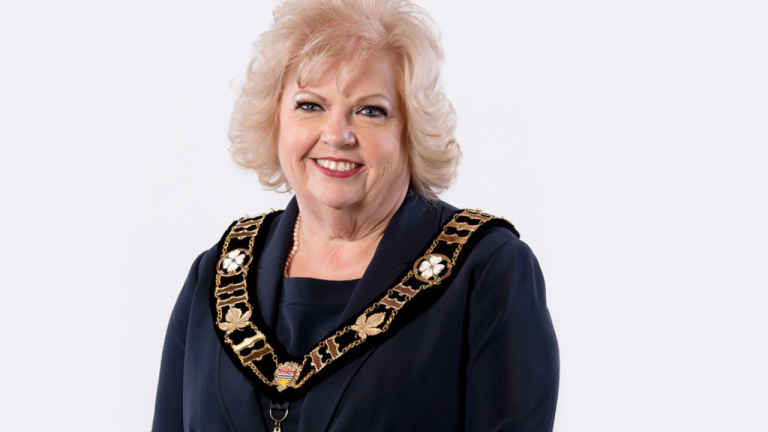
Introduction to Smart Cities
Smart Cities are transforming urban living by integrating advanced technology and innovative solutions to improve the quality of life for residents. As we approach 2025, the focus on sustainable development, efficient resource management, and enhanced connectivity will redefine urban landscapes.
Technological Advancements Shaping Smart Cities
The rise of the Internet of Things (IoT) is at the forefront of smart city development. Sensors and connected devices enable real-time data collection, leading to smarter decision-making. Cities are increasingly deploying smart grids, intelligent traffic management systems, and public safety solutions that harness data analytics. For insights on broader technological trends, check out Technological Innovations Shaping 2025.
Sustainability Initiatives in Urban Areas
Urban sustainability is a critical trend as cities strive to reduce their carbon footprint. Initiatives such as green buildings, renewable energy sources, and waste management systems are becoming standard. In 2025, expect to see more cities implementing circular economy principles to enhance resource efficiency.
Enhancing Urban Living through Connectivity
Connectivity plays a vital role in smart city development. High-speed internet access and mobile technology will facilitate communication between citizens and city services. By enhancing digital infrastructure, cities can provide better services and engage residents in decision-making processes.
Conclusion
As we look towards 2025, the evolution of smart cities will significantly impact urban living. By embracing technology, sustainability, and connectivity, cities can create resilient environments that improve the quality of life for all residents. The future is bright as urban areas adapt to meet the needs of a growing population.




13 thoughts on “Smart Cities: Urban Trends for 2025”
Comments are closed.